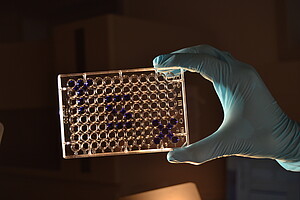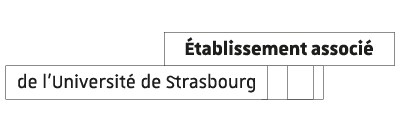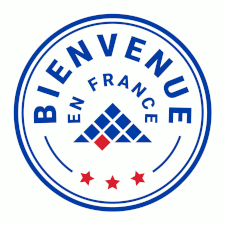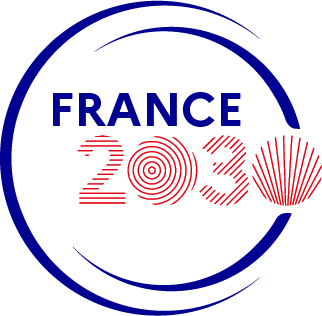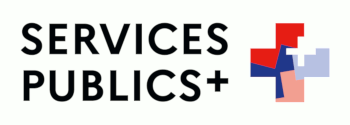Publication date: 28/06/16
ThemesHeadline news
22 June 2016 was European Day for Organ Donation and Transplantation. Since 2013, Transplantex - the only Laboratory of Excellence dedicated to this cause - has been studying donor-recipient tissue compatibility and designing more efficient clinical diagnosis tools to prevent late rejection.
Kidney, heart, liver, lung, bone marrow… all transplant patients are concerned by immune reactions and rejection risks that often happen a long time after surgery. It is all about histocompatibility, explains Seiamak Bahram, professor of immunology at Unistra and Strasbourg University Hospitals, and director of Transplantex Laboratory: “Histocompatibility is the tissue compatibility that prevents the rejection of a transplant by the recipient's immune system. It is particularly important in the case of bone marrow transplants: since the whole immune system is replaced, it can’t react against its host.”
Two histocompatibility genes and a state-of-the-art diagnosis kit
As of today, the eligibility of the donor and the anti-rejection prognostic of the recipient essentially rely on the similarity of their HLA system, a small group of genes responsible of the regulation of the immune system. Some aspects remain unknown: to identify them, the Genomax platform provides the laboratory with next-generation DNA-sequencing tools: "This technology enabled us to reveal the implication of two genes, MICA and MICB, among a group of 1000 transplanted patients”, Seiamak Bahram explains. These new elements imply new therapeutic targets and alternatives to the immunosuppressing treatment followed by every patient after a transplant. Beyond fundamental research, Transplantex is oriented towards technological and industrial innovation. "High-throughput sequencing allow us to develop a new HLA-diagnosis tool, a faster and more accurate histocompatibility genotyping kit. Thanks to the industrial partners of Transplantex, we hope to bring this device to market by the end of the programme.”


